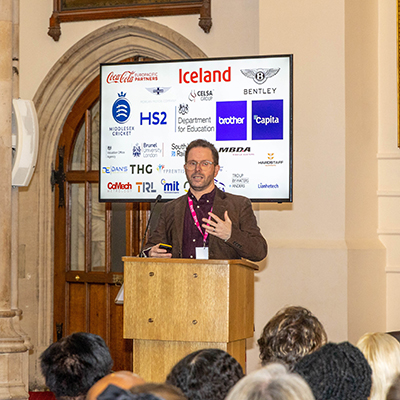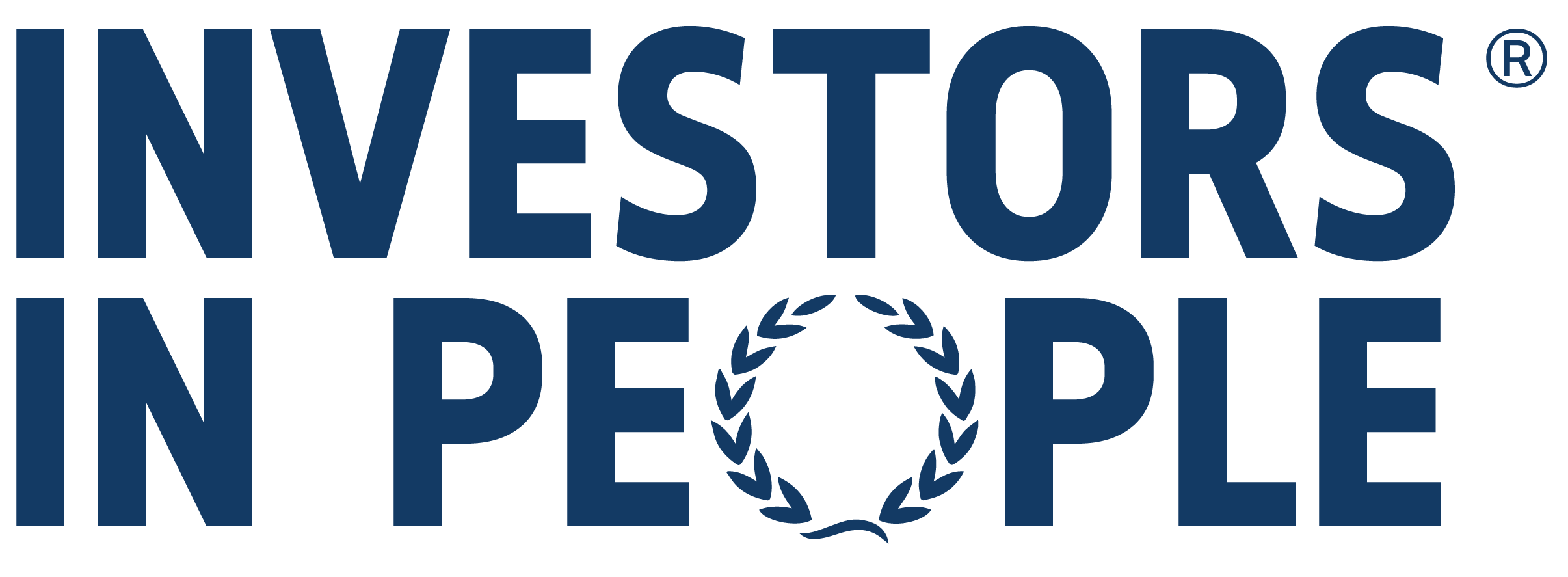In this article..
Hiring an apprentice is an investment in the future of your organisation, but if your scheme is in its infancy the chances are that not everyone will understand how much potential it has. So, one of the most important things you’ll need to do early on is get buy-in. This doesn’t just mean the leadership, but at all levels where your apprenticeship scheme will have an impact: department heads, line managers and those who’ll be working alongside the apprentice day to day.
Completion rates for apprenticeship schemes are already lower than they should be, so it’s important to make sure you not only present a good case to the board for financial investment but that the people who’ll be working most closely with your apprentice are personally invested in their success as well.
With so many different audiences, some of whom may need more convincing than others, where do you start?
This guide aims to help you:
- Identify the needs of your different audiences
- Develop tailored arguments about the benefits of having an apprentice
- Promote the positive impact of your apprenticeship scheme
Identifying the needs of your different audiences
Every organisation is different, but, broadly speaking, the people who need to understand the benefits of an apprenticeship programme are: the board, senior management, finance, department heads, line managers and team members. That’s a wide range of audiences – and all of them will have different priorities, questions and concerns.
Start by mapping out your different audiences, thinking about what they’re trying to achieve in their roles. What are the points of stress and tension in their jobs? How will having an apprentice help them achieve their goals or make their jobs easier? And what might they perceive as the negatives or the challenge? It’s really useful to be able to demonstrate why taking on an apprentice, which may at times be tricky, is ultimately worth it.
Here are a few things to think about as you do this:
The board, senior leadership and finance are primarily interested in the big picture.
For this audience it’s all about the business case. You’ll need to be able to demonstrate the business need, possible options to address that need, key objectives, the benefits, the risks and the financial investment required. This means you’ll want to know where the skills gaps are in your organisation, which jobs are hard to fill, and how diverse your workforce is right now. Externally, information about the employment trends in your industry, as well as information about what other companies are doing regarding apprenticeships – and why – will help you build your case. If you haven’t already done so, sign up for our May event Connecting Professionals from the World of Apprenticeships where you’ll meet and hear directly from people in other businesses who are already running successful apprenticeship schemes.
Convincing line managers often poses a particular challenge.

At Investors in People, we regularly hear that getting line managers on board with an apprenticeship scheme is hard. But as our CEO, Paul Devoy, points out, it’s important to understand that,
“the complexities of line managers’ jobs have never been greater. Managing an apprentice takes great skill and support and where apprenticeship programmes have gone well, it’s where the employer has invested heavily in supporting the managers to support the apprentice.”
When we spoke to Sarah Moors, the Head of the BBC’s Early Careers and Staff Apprenticeships, at one of our recent webinars, she emphasised the importance of thinking about line managers’ needs early on; helping them identify where an apprentice will add value, then involving them in the recruitment and onboarding process. She said this had been “key to the buy-in of those team leaders” at the BBC.
Understanding how different an apprentice might be to an employee who comes to work for them via a more traditional route is another challenge for line managers. While many apprentices are school leavers, Amazon, for example, actively tries to recruit ex-servicemen and women to its schemes, so make sure line managers are aware that their new apprentice might be starting out in an environment that’s very different to what they’ve been used to. Highlight the benefits, but also be honest; it’ll make it far more likely they’ll accept that extra effort on their part will be worth it long-term.
For team members, focus on the individual impact.
It’s really important to think about how to get this group feeling personally invested in having an apprentice work alongside them as it will have a direct impact on how happy your apprentice is during their training. How will it improve their job? Do they want to become a line manager? If so, what about becoming a buddy or a mentor? Alternatively, apprenticeships aren’t just for the young, so can they apply for an apprenticeship themselves, gain new skills and therefore progress their career in a different way?
Develop tailored arguments about the benefits of an apprenticeship scheme
It’s helpful to have a single set of overarching reasons why an apprenticeship scheme will benefit your organisation which you then break down according to your audiences, tailoring them so they specifically address their priorities and concerns. You can use our We invest in apprentices framework as a guide. It covers all the areas of best practice, from developing a business case to making sure your apprentice is trained by a willing mentor, and gives you a comprehensive list of all the benefits you’ll want to address in your messaging. Remember to always keep your key messages short and simple.
Below, you’ll find a list of some of the reasons why businesses running successful apprenticeship schemes think they’re so worth having:
An apprenticeship scheme will help you fill your skills gaps because they give you access to a completely different pool of people.
“Apprenticeships sustain some of our really important heritage skills in the business – from the coach working, to the wood working, to the leather work that we put into our cars. Feeding them through apprentices allows us to have a sustainable future from a people perspective.”
Nick Wilson, Chief of Staff at Morgan Motors
Apprentices will change the shape of the workforce for the better, making your organisation more diverse.
“a significant lever to change the shape of our workforce so that we’re better representing the UK as it is now.”
Sarah Moors, the Head of the BBC’s Early Careers and Staff Apprenticeships
Apprentices who go on to work for your organisation after their training are more loyal and committed because they learn your culture from the ground up.
“When you take an apprentice on their journey they understand the ethos of the company, what you’re trying to work towards, and that they’re there to learn. They learn all the best bits off the coaches and start to form their own vision of how they want to work. It brings a real energy to what we do.”
Peter Jones, Participation Manager at Middlesex Cricket Club
Because many apprentices come from demographic groups your organisation might not have had before they bring fresh thinking.
“It’s the diversity of thought they bring because their background is probably different. We look for people who’ve got energy, new ideas and different perspectives.”
Sarah Moors, BBC
Promote the positive impact of your apprenticeship scheme
Depending on where you are in your apprenticeship scheme journey, you may already be in a position to start promoting the benefits of your own scheme more widely within your organisation. If you have an internal comms department we’d suggest enlisting their help here.
#1
Find your internal champions. Get the people involved in any current apprenticeship scheme talking to other departments about what they’ve learned working with an apprentice.
#2
Use their stories to create case studies for internal promotional materials. People relate to human stories more than anything else. Using your intranet or newsletter, have the department head, the line manager, the mentor and the apprentice tell the story of how it’s been for them.
#3
Use what data you have to promote the big picture benefits. Hard data on the success of your apprenticeship scheme will take a while to come through, but early on you should be doing surveys to find out what is and isn’t working. Can any of this information be used to show its worth?
A successful apprenticeship scheme is a long-term investment, the impact of which will be felt at all levels of an organisation, but early on it will probably feel like you’re on a steep learning curve. Good planning now will make all the difference later.







